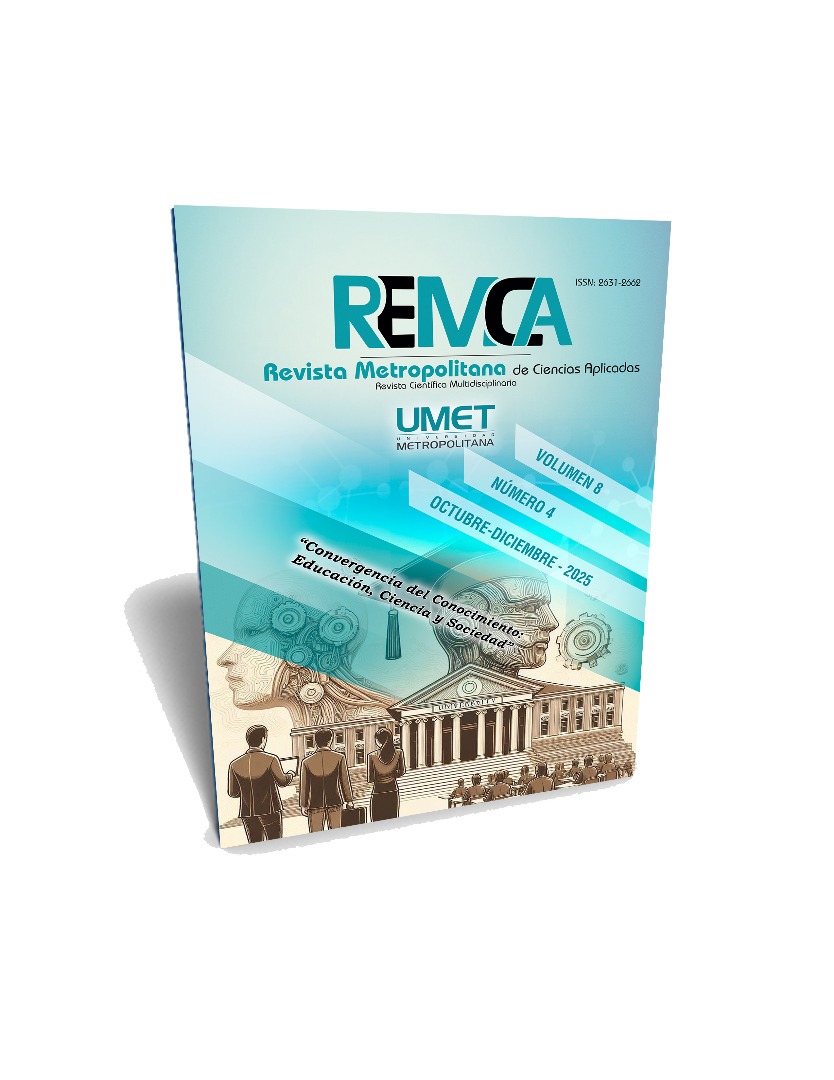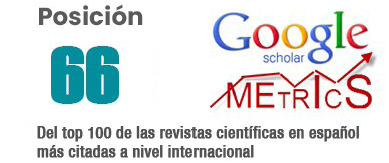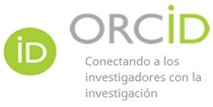Archaeological Summer Schools: Practical Integration in Education and Promotion of Cultural Heritage
DOI:
https://doi.org/10.62452/xpjjz873Palavras-chave:
Archaeology, education, teaching, summer school, practice, cultural heritageResumo
In the contemporary era, integrating scientific knowledge into educational processes, particularly in conveying tangible cultural heritage to students, has become a major priority. Encouraging interest in the ancient history of one’s homeland begins with exploring the historical geography of early human settlements and promoting archaeological monuments. This is especially important given the proliferation of unfounded claims about historical sites. Organizing educational tours for school and university students to various archaeological sites—many recently discovered and offering new insights to science—provides significant pedagogical and scientific value. Open-air lessons in “archaeoparks” offer immersive experiences that bridge theoretical knowledge and practical fieldwork. Currently, students mainly learn about Azerbaijan’s ancient history, archaeological sites, prehistoric populations, their customs, economic activities, tools, and weapons through textbooks and educational literature. However, existing materials often lack structure, coherence, and outcome-oriented organization, particularly regarding ancient and medieval periods. Therefore, a systematic approach to lesson planning and delivery that ensures inter- and intra-system coherence is essential for improving educational outcomes and competencies. Archaeological summer schools have proven effective in addressing these gaps. By integrating creativity-oriented pedagogical programs, they stimulate student engagement and innovation. Scientific-practical modules, including masterclasses in history and archaeology, aim to foster creative thinking. Activities such as site visits and archaeological fieldwork provide hands-on, visual experiences that enhance analogical reasoning, multidisciplinary understanding, idea generation, pattern recognition, and critical reflection. These approaches demonstrate that combining structured historical education with practical, experiential learning significantly enriches student understanding and cultivates essential competencies in the study of cultural heritage.
Downloads
Referências
Alakbarov, V. A. (2018). Technological development of Neolithic pottery at Göytepe (West Azerbaijan). Archaeology, Ethnology & Anthropology of Eurasia, 46(3), 22–31. https://journal.archaeology.nsc.ru/jour/article/view/380
Boudjemaa, A. (2025). The application of artificial intelligence in the humanities and social sciences: Archaeology and history as a case study. Science, Education and Innovations in the Context of Modern Problems, 8(3), 243–255. https://imcra-az.org/uploads/public_files/2025-04/the-application-of-artificial-intelligence-in-the-humanities-and-social-sciences.pdf
Calvas-Ojeda, M. G. (2025). Historia local y Ciencias Sociales: fundamentos teórico-metodológicos para su enseñanza. Sophia Editions.
Gasimov, P. (2020). Cultural identification of Early Bronze Age burial crypts in northwestern Azerbaijan. Archaeology, Ethnology & Anthropology of Eurasia, 48(2). https://science.gov.az/en/news/open/13771
Mursaquliyev, M. G., Yusifzade, L. A., Mamedova, F. Y., & Najafov, Sh. N. (2024). Results of archaeological research conducted on the Jeyranchol plain in 2023. In Topical Archaeology 7: Materials of the International Scientific Conference of Young Scholars (pp. 152–155). St. Petersburg: Institute for the History of Material Culture, RAS. https://www.archeo.ru/izdaniya-1/vagnejshije-izdanija/pdf/2024AA7.pdf
Najafov, S. N. (2025). On the organization of trips to archaeological parks in Azerbaijan and the scientific evaluation of the use of archaeological materials. Science, Education and Innovations in the Context of Modern Problems, 8(6), 233–240. https://imcra-az.org/uploads/public_files/2025-05/8625.pdf
Najafov, S. N., & Mursaquliyev, M. H. (2023). Traces of ancient culture in the Jeyranchol plain. Science and Life, 4(482), 63–67. https://science.gov.az/uploads/pdf/4090_1703919335.pdf
Najafov, S. N., Hajiyeva, G., & Abdurahmanov, Ə. İ. (2018). Archaeological explorations at Seyidlar II: Medieval settlement and burial ceramics. Dövlət və Din, 9(38), 38–50
Najafov, Sh. N., & Mursaquliyev, M. H. (2024). Scientific-archaeological excavations and the Summer School – 4 project in Keşikçidağ. Science and Life, 4(486), 42–45. https://science.gov.az/uploads/pdf/2223_1736939901.pdf
Ouernoughi, N. E.-H. (2025). British research on the ancient city of Timgad: The British traveler James Bruce as a model. Science, Education and Innovations in the Context of Modern Problems, 8(7), 119–133. https://doi.org/10.56334/sei/8.7.14
Rebaine, A., & Oubraham, D. (2025). Current economic challenges and their implications for archaeological heritage restoration policies and preservation strategies. Science, Education and Innovations in the Context of Modern Problems, 8(7), 21–24. https://doi.org/10.56352/sei/8.7.3
Zeynalov, A. A., Kulakov, S. A., Idrisov, I. A., Otcherednoy, A. K., Kurbanov, R. N., & Anoikin, A. A. (2022). The Final Early Paleolithic of Azerbaijan based on Garaja site findings. Archaeology, Ethnology & Anthropology of Eurasia, 50(4), 1–28. https://doi.org/10.17746/1563-0110.2022.50.4.003-015
Downloads
Publicado
Edição
Seção
Licença
Copyright (c) 2025 Musa Mursaquliyev, Saadat Aliyeva, Shamil Najafov (Autor/a)

Este trabalho está licenciado sob uma licença Creative Commons Attribution-NonCommercial-ShareAlike 4.0 International License.
Os autores que publicam na Revista Metropolitana de Ciencias Aplicadas (REMCA), concordam com os seguintes termos:
1. Direitos autorais
Os autores mantêm direitos autorais irrestritos sobre suas obras. Os autores concedem ao periódico o direito de primeira publicação. Para tal, cedem à revista, em caráter não exclusivo, direitos de exploração (reprodução, distribuição, comunicação pública e transformação). Os autores podem firmar acordos adicionais para a distribuição não exclusiva da versão publicada do trabalho no periódico, desde que haja reconhecimento de sua publicação inicial nesta revista.
© Os autores.
2. Licença
Os trabalhos são publicados na revista sob a licença Creative Commons Atribuição-NãoComercial-CompartilhaIgual 4.0 Internacional (CC BY-NC-SA 4.0). Os termos podem ser encontrados em: https://creativecommons.org/licenses/by-nc-sa/4.0/deed.pt
Esta licença permite:
- Compartilhar: copiar e redistribuir o material em qualquer meio ou formato.
- Adaptar: remixar, transformar e desenvolver o material.
Nos seguintes termos:
- Atribuição: Você deve dar o crédito apropriado, fornecer um link para a licença e indicar se alguma alteração foi feita. Você pode fazer isso de qualquer maneira razoável, mas não de uma forma que sugira que o licenciante endossa ou patrocina seu uso.
- Não comercial: você não pode usar o material para fins comerciais.
- Compartilhamento pela mesma licença: se você remixar, transformar ou criar a partir do material, deverá distribuir sua criação sob a mesma licença do trabalho original.
Não há restrições adicionais. Você não pode aplicar termos legais ou medidas tecnológicas que restrinjam legalmente outros de fazerem qualquer coisa que a licença permita.




